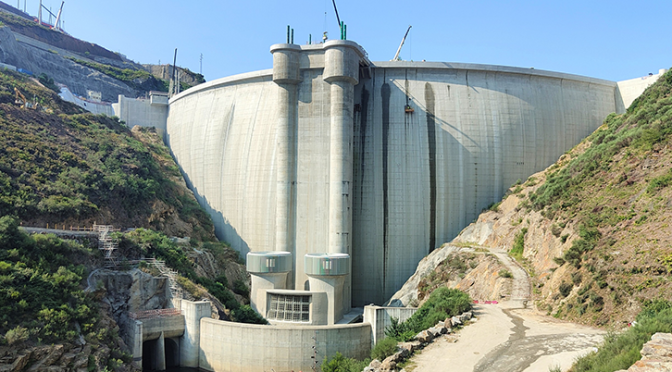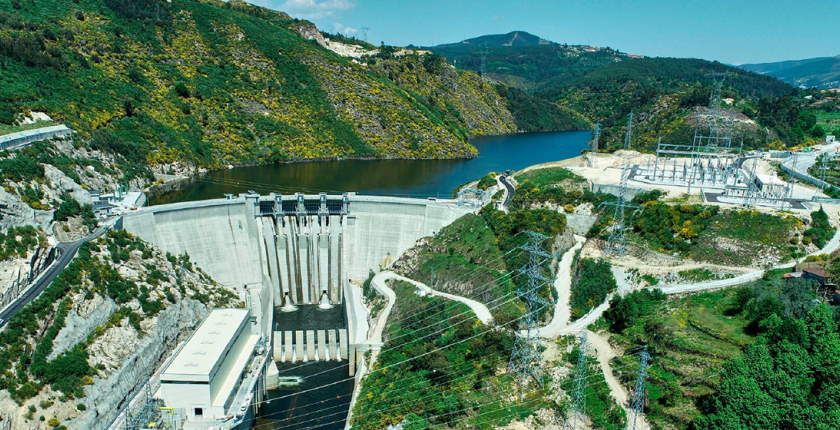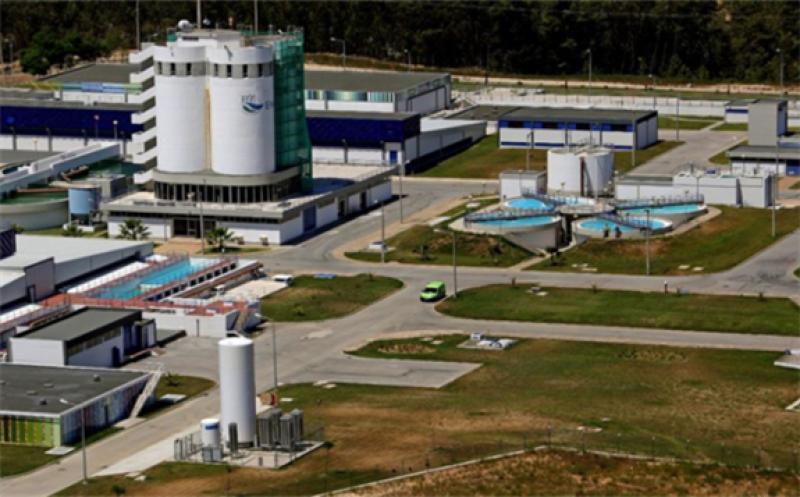
These two burn tests conducted within six months underscore Sungrow’s commitment to technological innovation, its relentless pursuit of product quality, and its unwavering dedication to ensuring the safety of both personnel and assets at energy storage plants. Meanwhile, the test represents Sungrow’s steadfast commitment to upholding the safety baseline for the energy storage industry.
The 20 MWh burn test replicated a real-world power plant fire scenario, completed under the oversight of DNV experts and over 100 clients, and delivered results exceeding expectations. The results were clear: there was no fire propagation during the thermal runaway incident. In contrast to conventional industry burn tests, this test was a significant upgrade in terms of combustion duration, testing conditions, and safety standards, establishing a new benchmark for safety through rigorous and extreme testing.
Challenge 1
Withstanding over 25 hours of combustion, proving increased system protection capability
Unlike common industry-standard combustion tests within 4 – 8 hours, this challenging test was designed to sustain for 3 – 6 times longer. After continuous burning within 25 hours and 43 minutes, the container structure of the thermal runaway unit remained intact, and the system could still be safely hoisted for removal. Importantly, the fire did not spread beyond the unit, demonstrating the PowerTitan 2.0’s explosion venting, flame retardancy, and impact resistance capabilities.
Challenge 2
Enduring temperatures high enough to melt steel, verifying thermal runaway containment
To simulate extreme operating conditions, four fully-charged energy storage units were arrayed nearby – containers A and B were only 15 cm apart, which is the absolute minimum distance permitted in the industry (most power plant containers are spaced 3 m apart). Despite the flames from container A reaching 1385°C – temperatures high enough to melt steel – the fire did not spread to the neighbouring container B, which maintained a safe temperature of 40°C. This result validates the PowerTitan 2.0’s effective fire insulation ability, even when the units are placed in extremely close quarters.
Challenge 3
Testing fire resistance and flame retardancy without firefighting protection
In this phase of the test, all firefighting systems for the BESS containers were intentionally shut off, leaving the units unprotected and significantly increasing the safety risks. Despite this, the PowerTitan 2.0 performed admirably, with all four storage container doors remaining intact and not burned through. The fire was effectively contained within the container, and the damage was limited. This demonstrated the BESS’s ability to autonomously respond to extreme fire situations, highlighting the robust passive fire protection design that minimises risk.
Safety is the cornerstone of the energy storage industry. Sungrow’s two consecutive, high-investment, extremely large scale burn tests on the PowerTitan series reflect the company’s unwavering commitment to safeguarding personnel, assets, and operations at power plants, as well as its dedication to reinforcing the safety standards for the entire industry. The success of this rigorous and high-standard combustion test sets a new benchmark for safety in the energy storage sector, providing valuable real-world evidence for future safety protocols.







